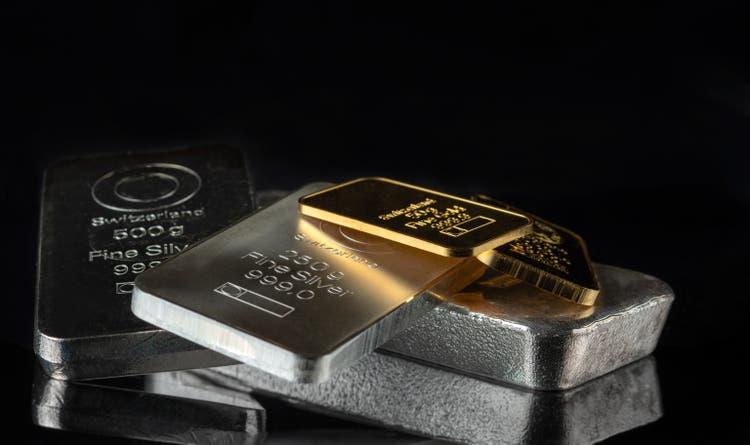The price of gold remained steady in light holiday trading on Thursday after five consecutive sessions of gains. This was supported by a decrease in the U.S. dollar index to a five-month low. Futures now suggest an 88% possibility of an interest rate cut as early as March, a significant change from a month ago when the probability was only 21%. The London gold price benchmark reached an all-time high of $2,069.40 per troy ounce at an afternoon auction on Wednesday, according to the London Bullion Market Association. Spot gold is up 3% in the past month and was on track for a 7th consecutive December rally due to expectations of rate cuts. Similarly, spot silver is up 2% so far this year.
Ruth Crowell of LBMA stated, “Gold continues to be the safe-haven of choice in periods of uncertainty and high volatility.” In the oil market, prices continued to decline, with both benchmarks down 1% as traders monitored developments in the Red Sea. Among base metals, copper prices experienced a slight decrease after previously hitting a five-month high. A weaker dollar makes dollar-denominated metals less expensive for holders of other currencies.
Gold ETFs such as SPDR Gold Shares ETF (GLD) and VanEck Gold Miners ETF (GDX), among others, were also mentioned, as well as ETFs for other metals and agriculture. The article fails to mention the reasons for the fluctuations in gold and silver prices and the potential impact of these price changes on the overall market. It also doesn’t discuss the relationship between the decrease in the U.S. dollar index and the increase in gold prices, which are important factors when analyzing the state of global financial markets. Additionally, it would be helpful to include expert opinions on the forecast for gold and silver prices to provide readers with additional insight and perspective.









